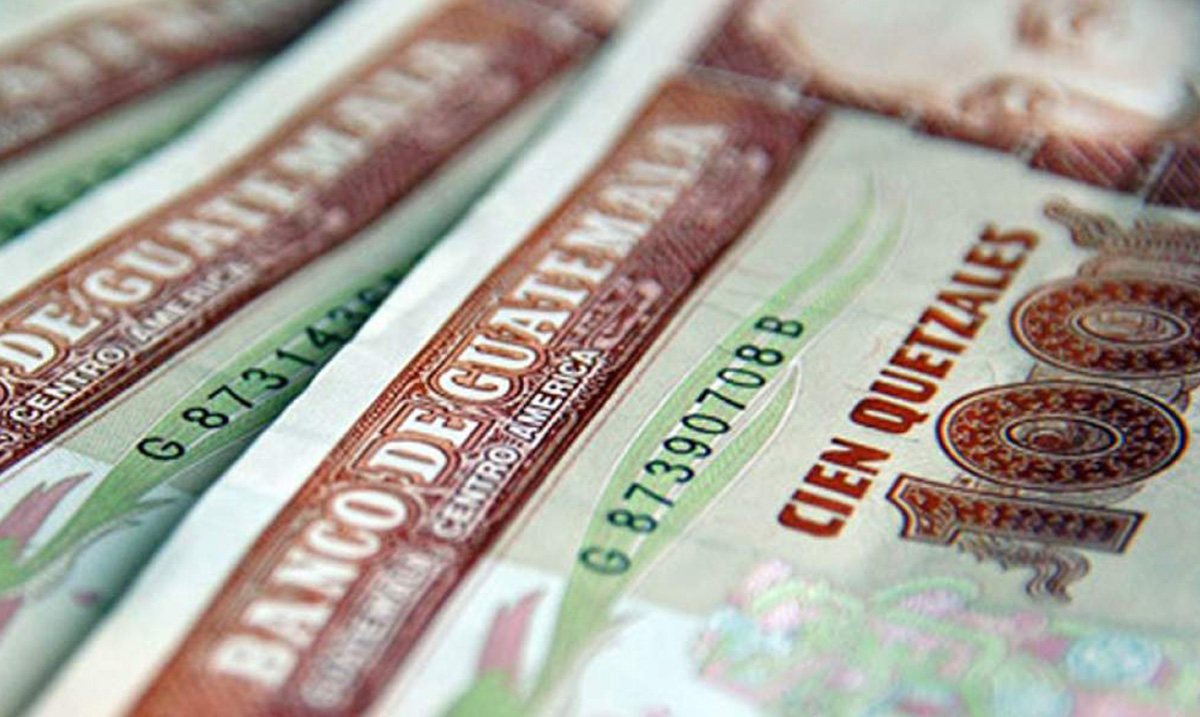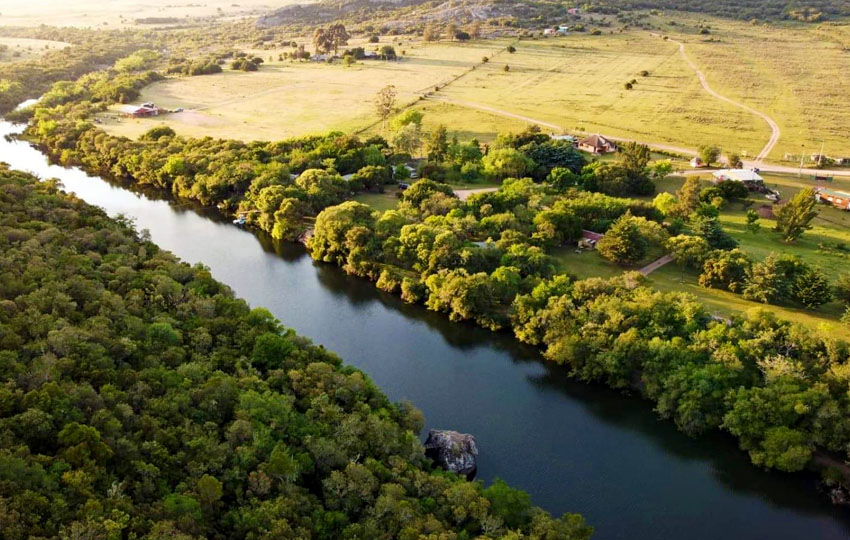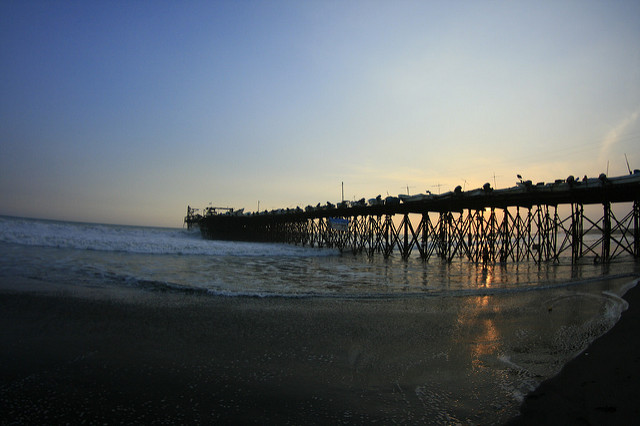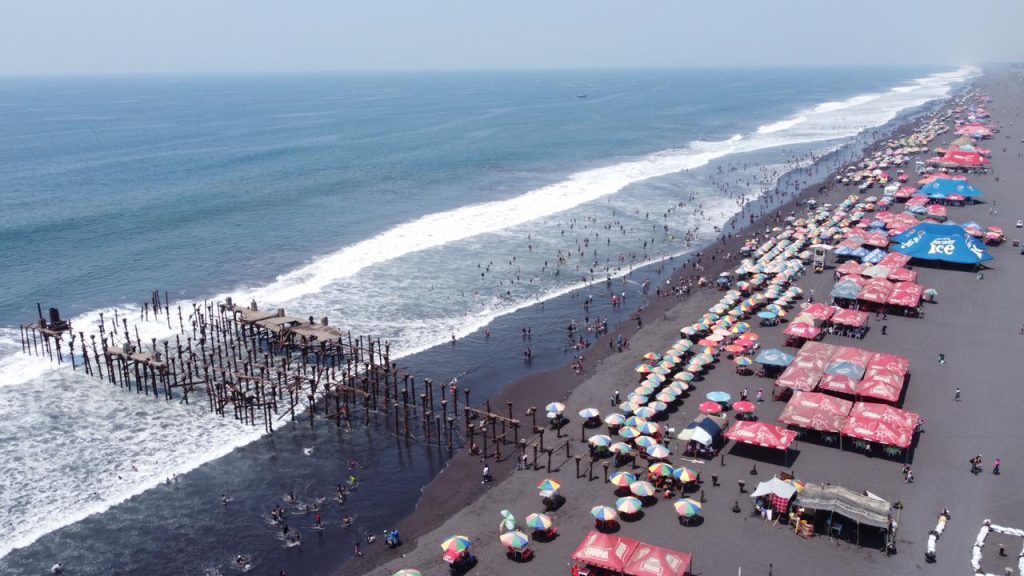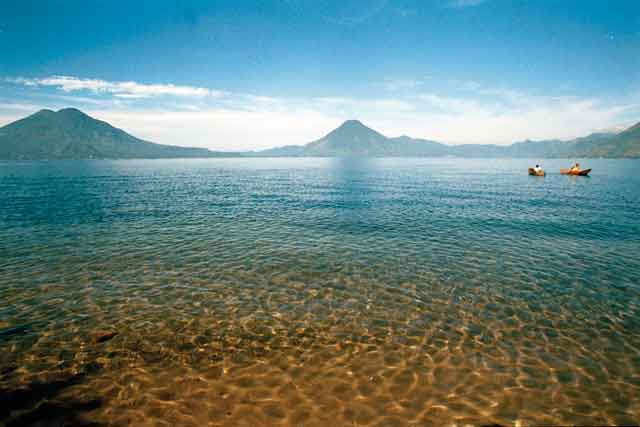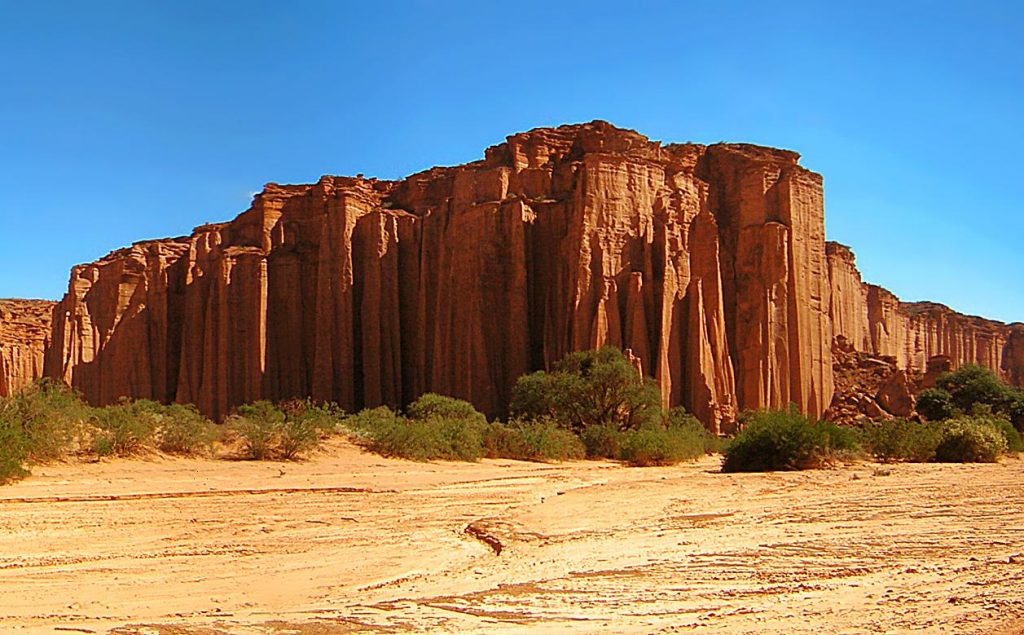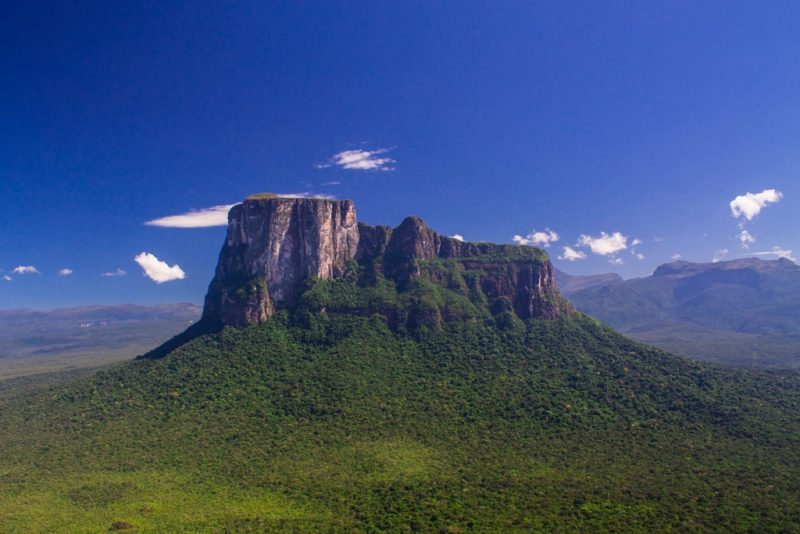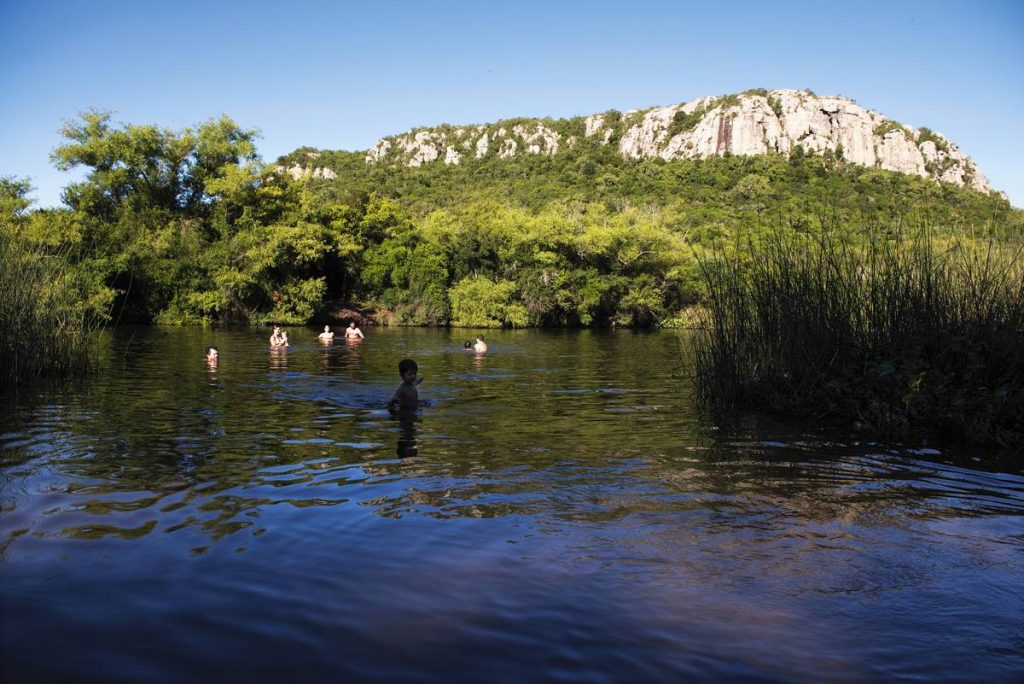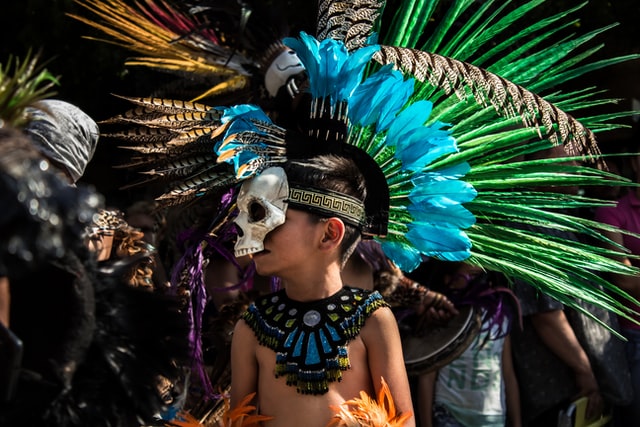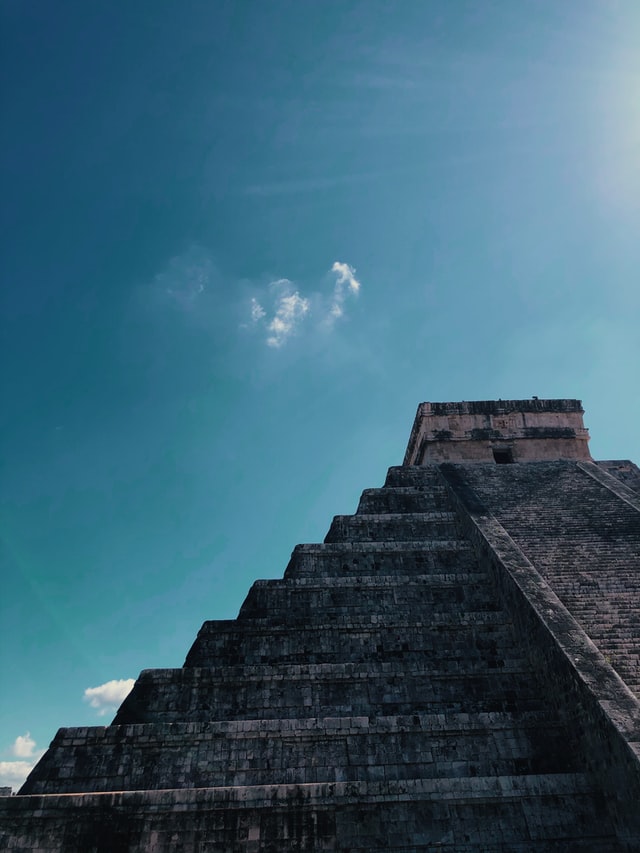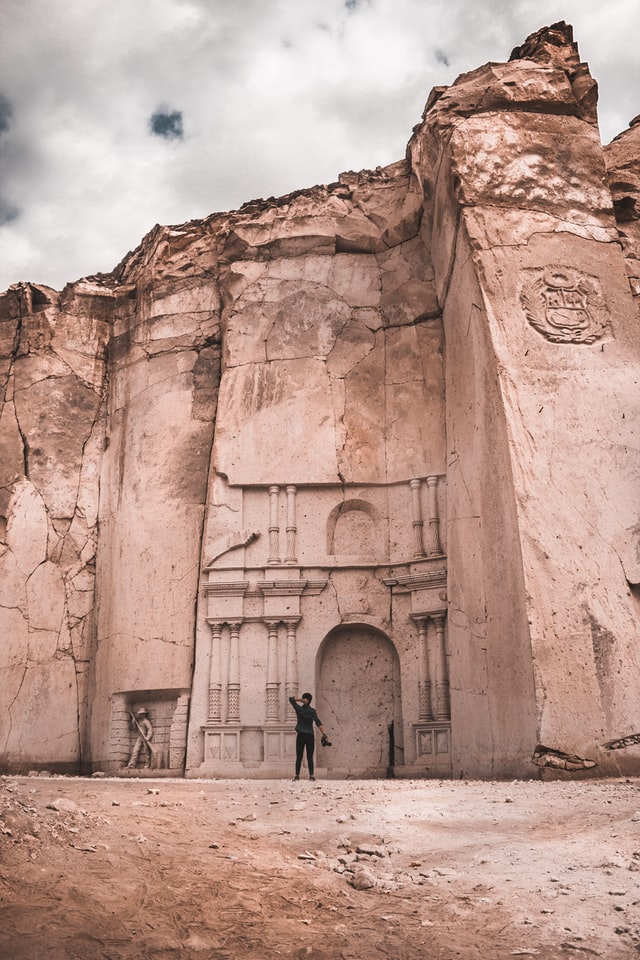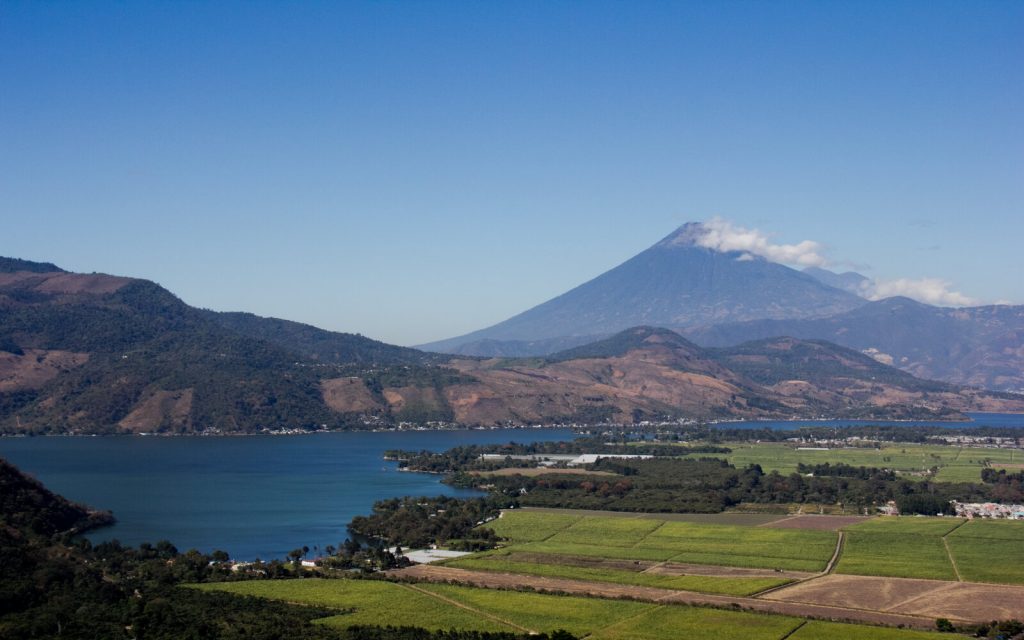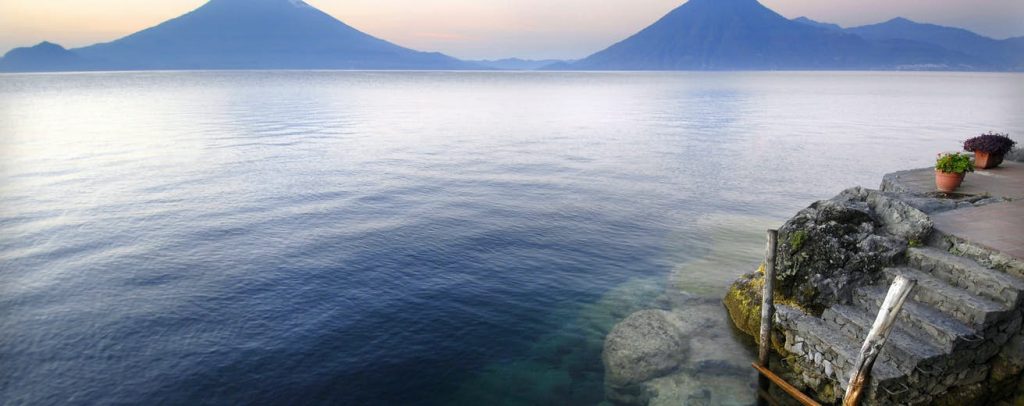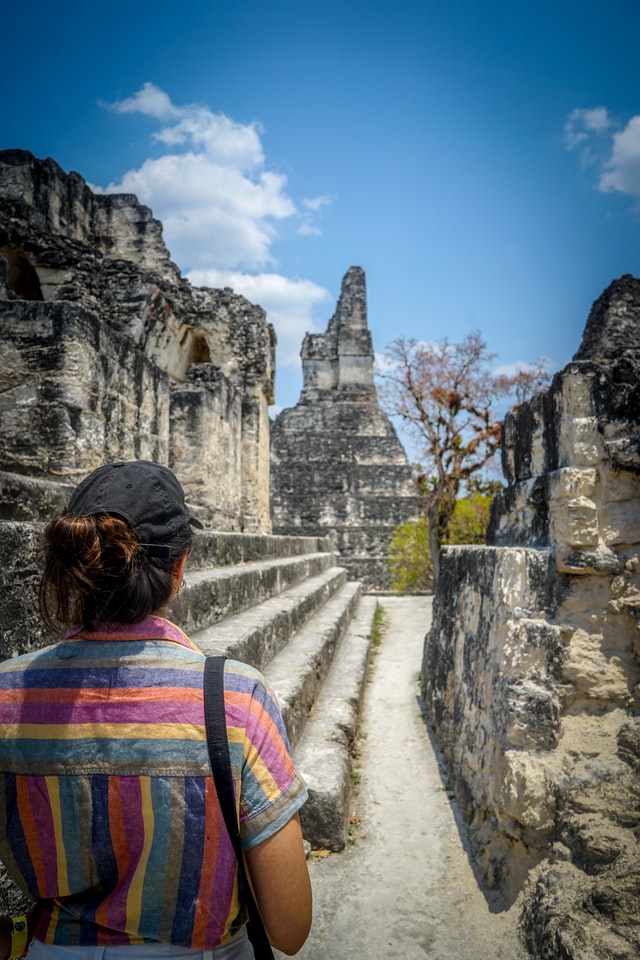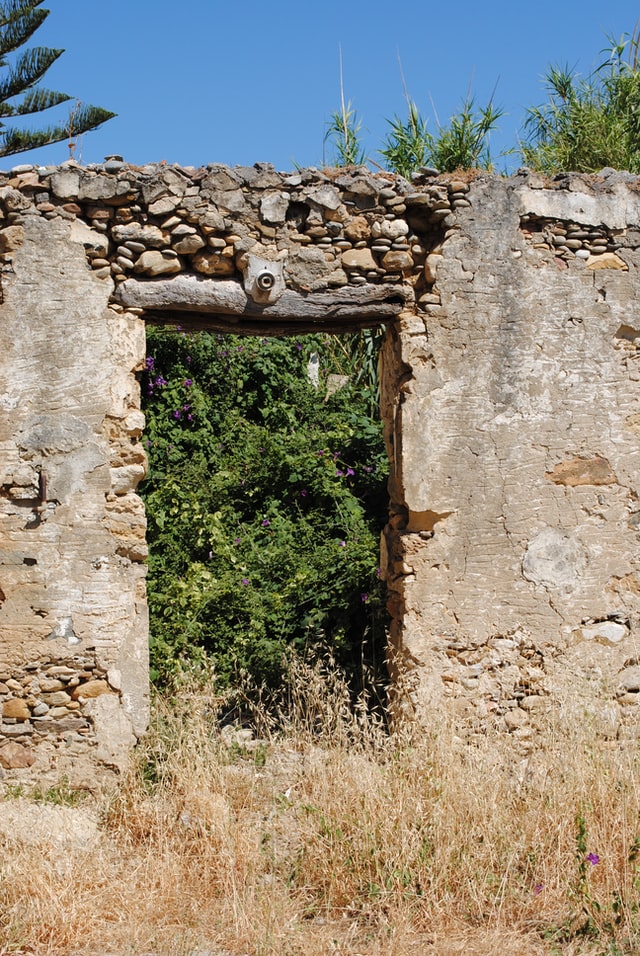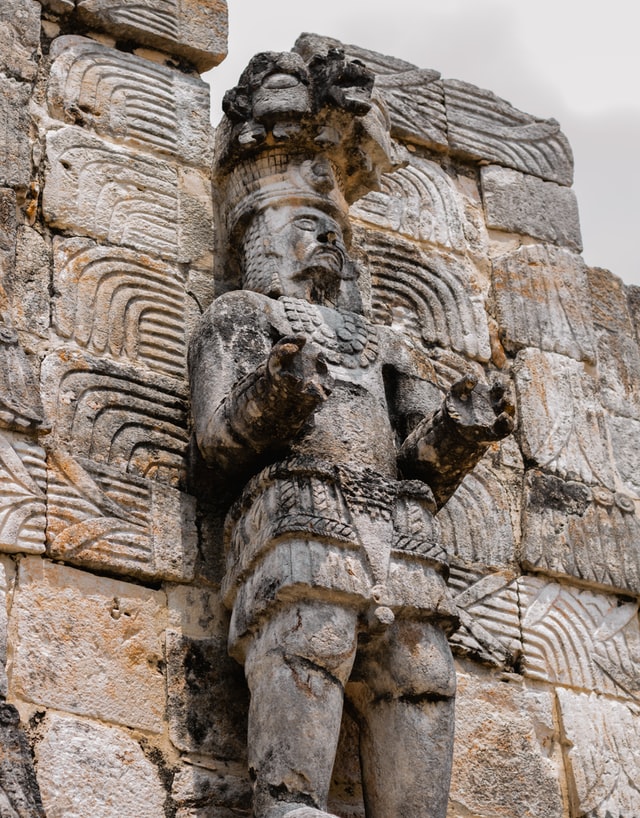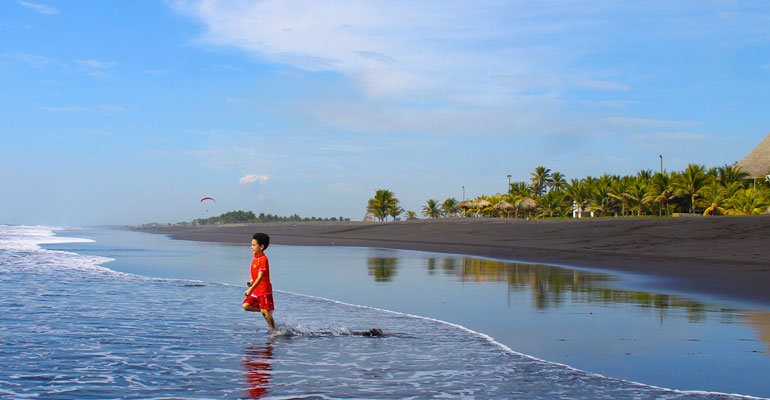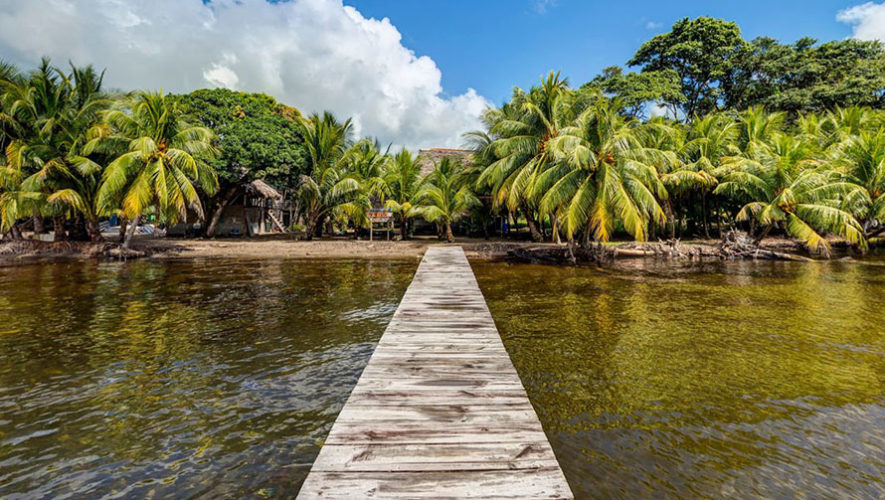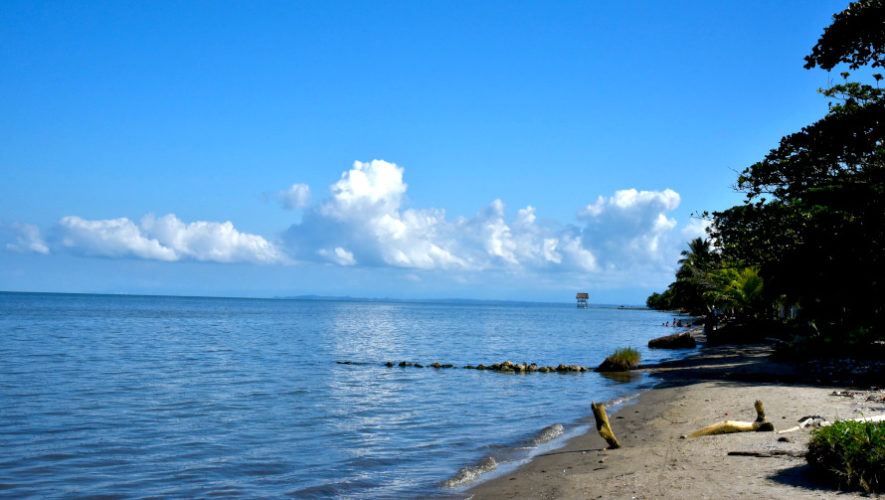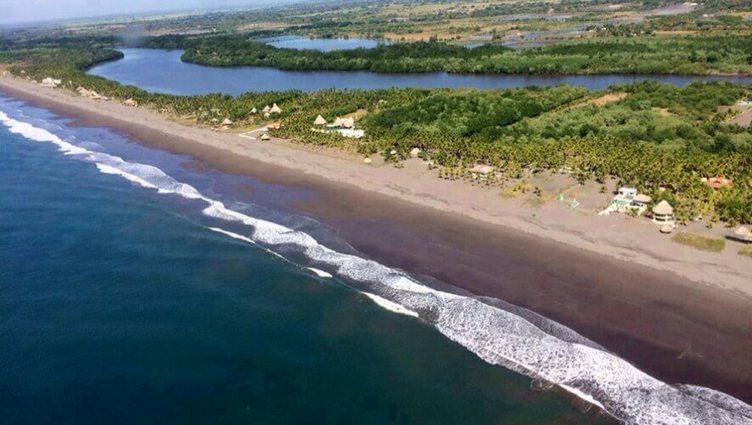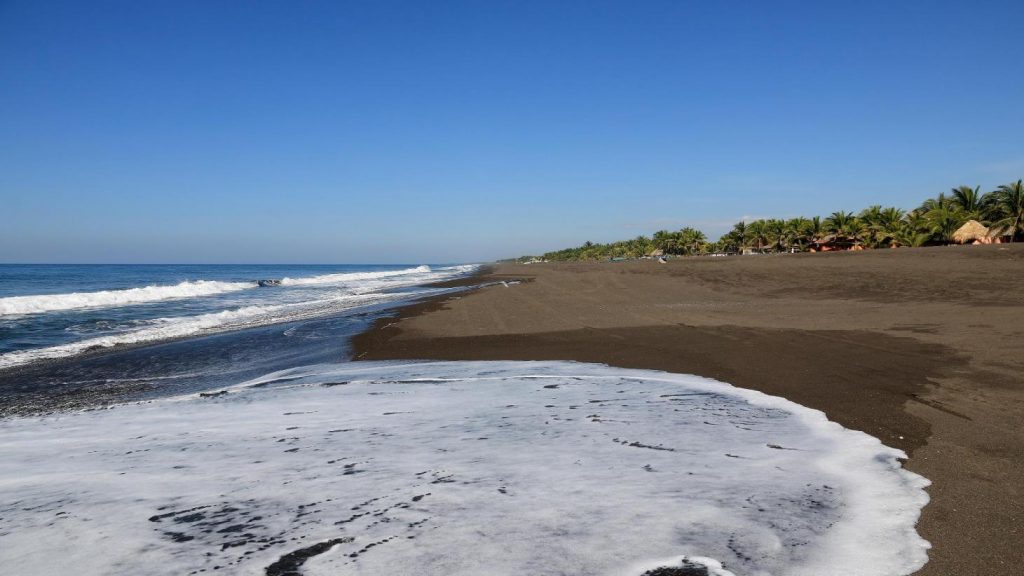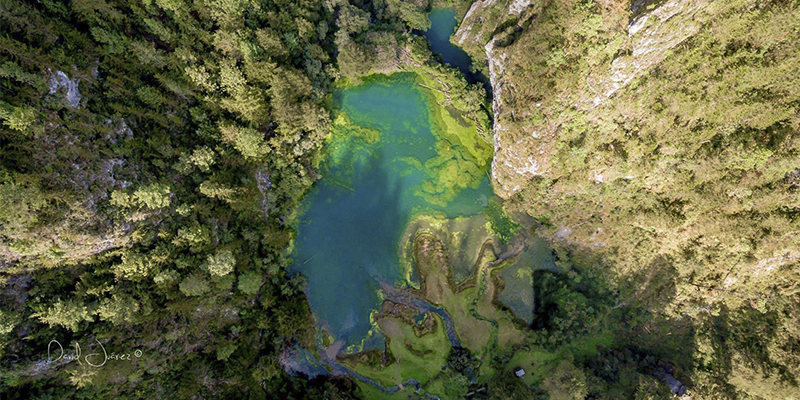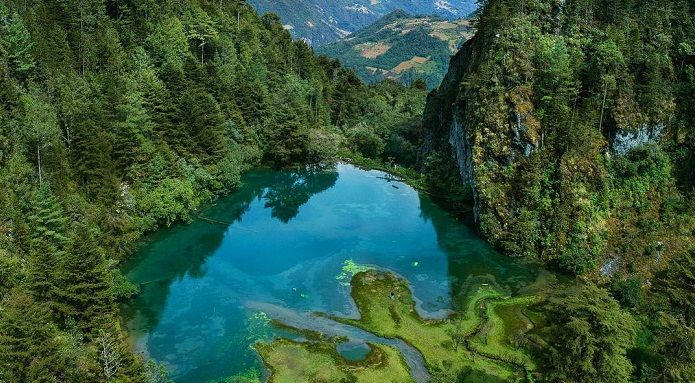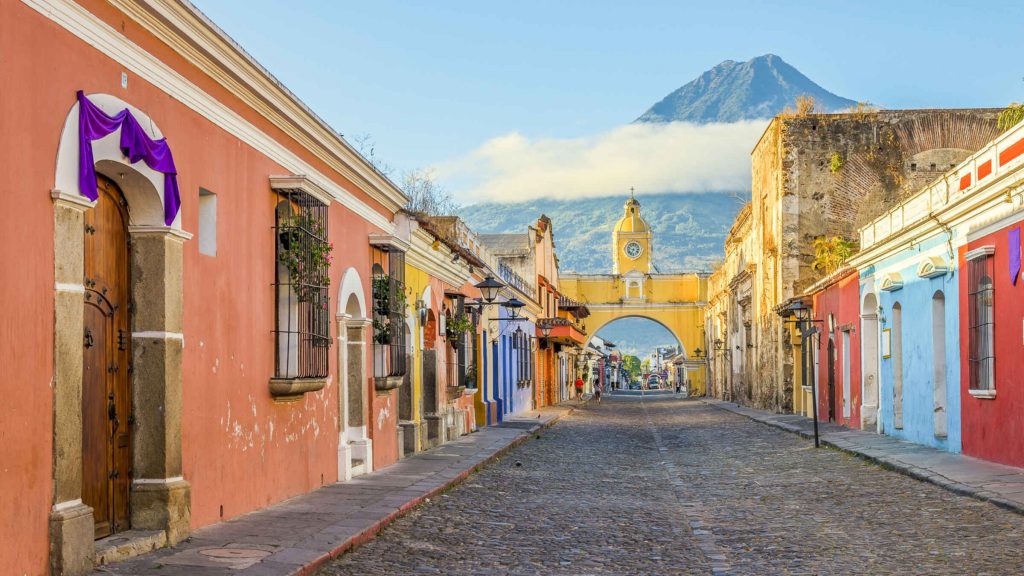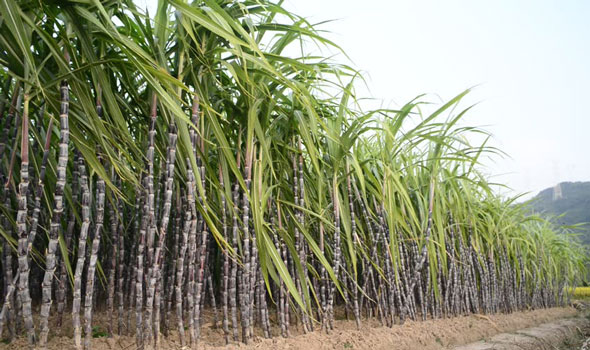Isabel Gutiérrez de Bosch, former mother of the great Guatemalan businessman Juan Luis Bosch Gutiérrez, was the most altruistic person in the Bosch Gutiérrez family. Before passing away, she was the president of the Juan Bautista Gutiérrez Foundation, a name given in tribute to her father.
CHIEVEMENTS
- Successful manager of Corporación Multi Inversiones
- First female president of the Rotary Club
- President of the Juan Bautista Gutiérrez Foundation
- Founder and President of Fundaniñas
- Received the Order of the Quetzal for extraordinary merits
A little of her history
Isabel was born in San Cristóbal, Totonicapán, a place Isabel has always supported. The main public school in San Cristobal is named after her father and the health center after her brother Dionisio. Both institutions receive financial support for their full operation from the foundation that Isabel led.
From a young age, she demonstrated sensitivity and understanding towards the needs of the most destitute. With time, and being a businesswoman and director of very important companies in the country, she became voluntarily involved in community benefit activities.
Her altruism was first carried out personally, and later as a Rotarian. Isabel was the first president of a Rotary social club, which traditionally was exclusively for men. In her later years, she served as president of the Fundación Juan Bautista Gutiérrez, an entity created in honor of her father.
Gutiérrez de Bosch knew how to identify social needs, as well as the appropriate methodologies to bring aid to the less favored. In this way, for a long time, she was able to help institutions that support the handicapped.
She was the founder and president of Fundaniñas, which serves abandoned minors, girls who have committed crimes, and young people with potential, but who do not have the resources to study and get ahead.
You may also be interested in: Guatemala’s economic history.
It came to support community service institutions, among other projects. The importance of these types of actions was that his participation was disinterested and non-profit, providing the necessary resources for the proper functioning of the entities that provide it.
She worked resolutely in favor of the altruistic projects in which she was involved, with extraordinary energy and enthusiasm. She attended to her self-assumed responsibilities every day. She was an authentic and sincere woman who loved to serve her community,
She received several distinctions, including the Order of the Quetzal, which is awarded by the Government for extraordinary merits.
Unfortunately, this noble character of Guatemala passed away on September 6, 2020, due to health complications.
Isabel Gutiérrez de Bosch is credited for the success of Corporación Multi Inversiones, which has a presence in the national and international market.

